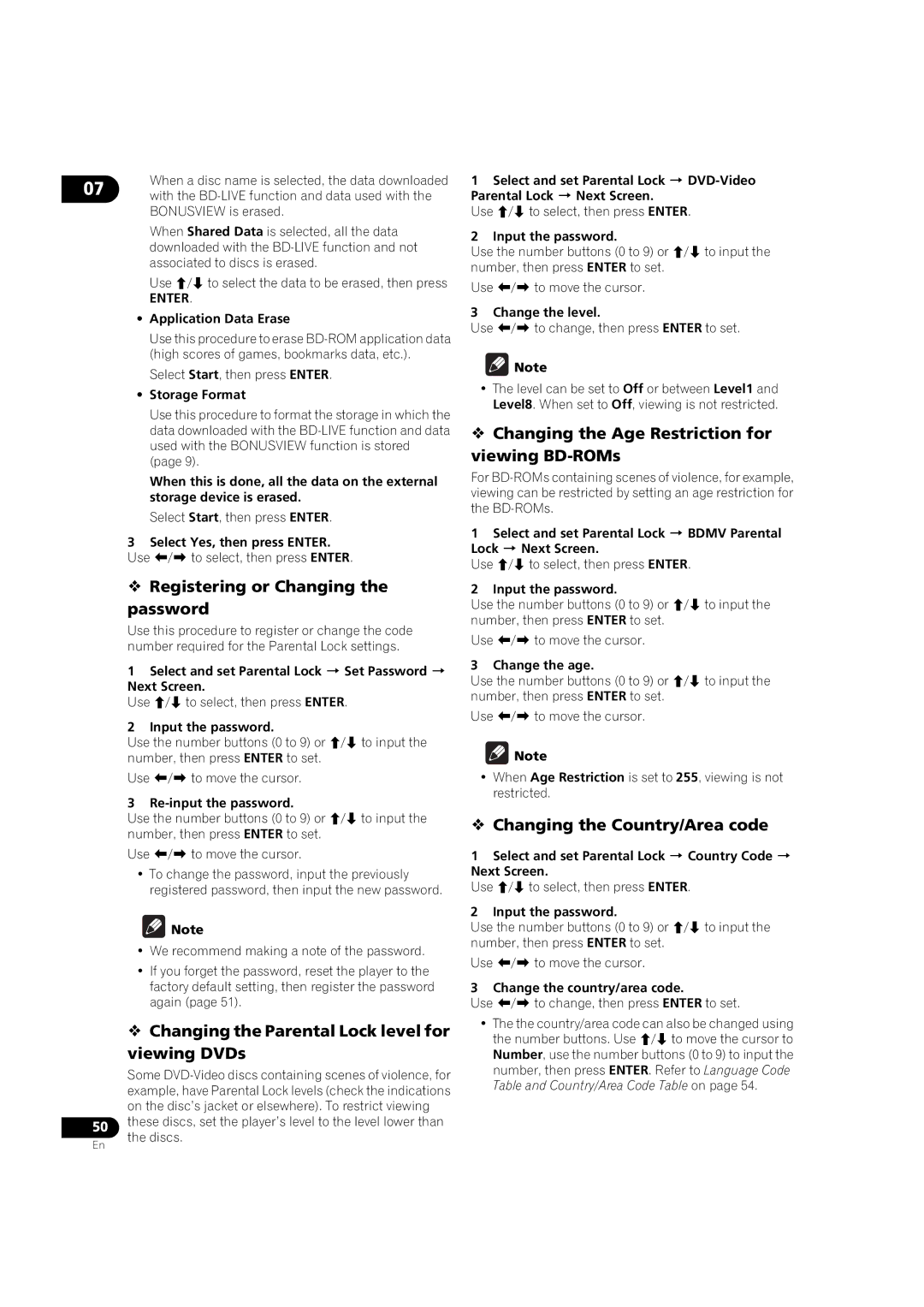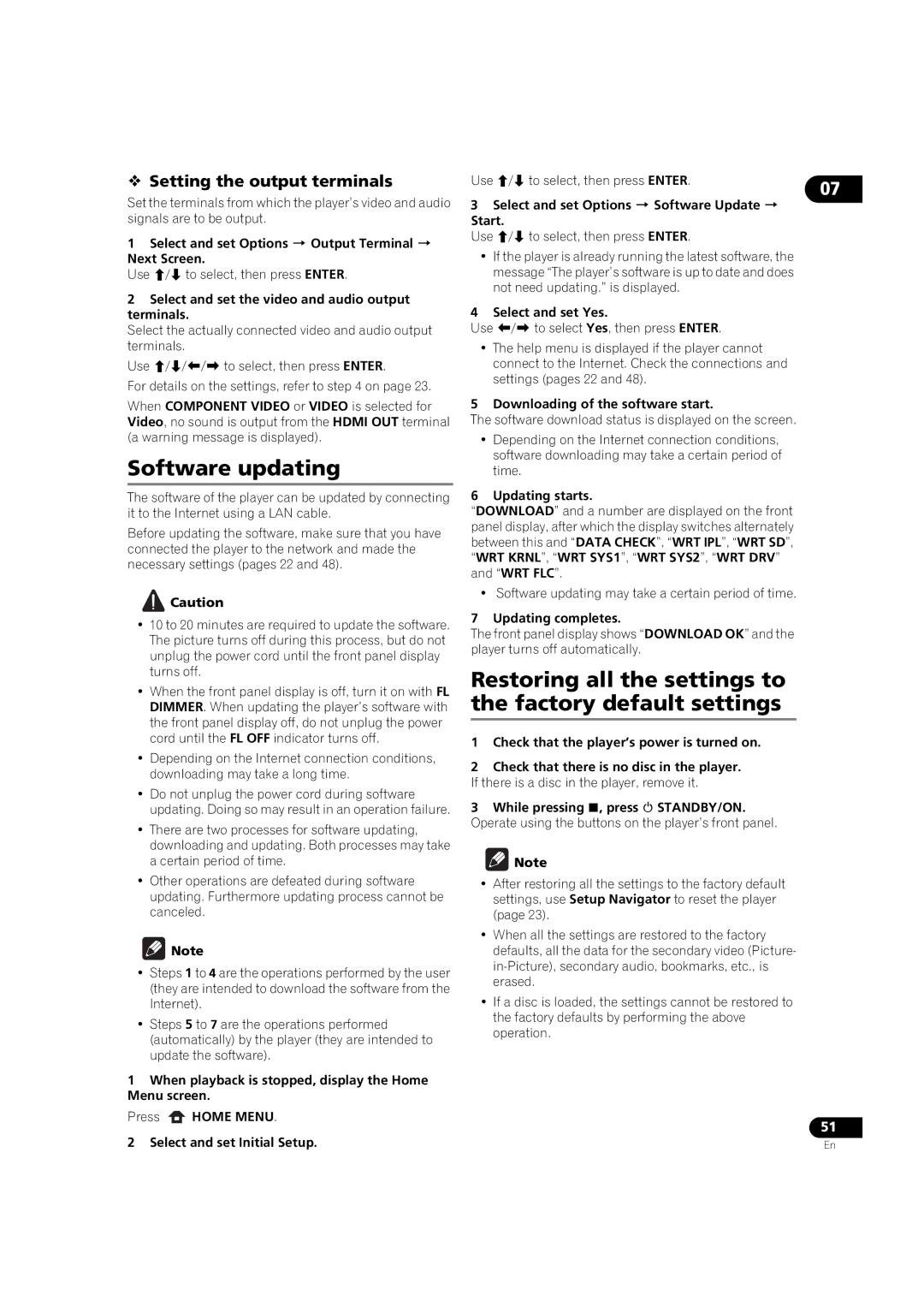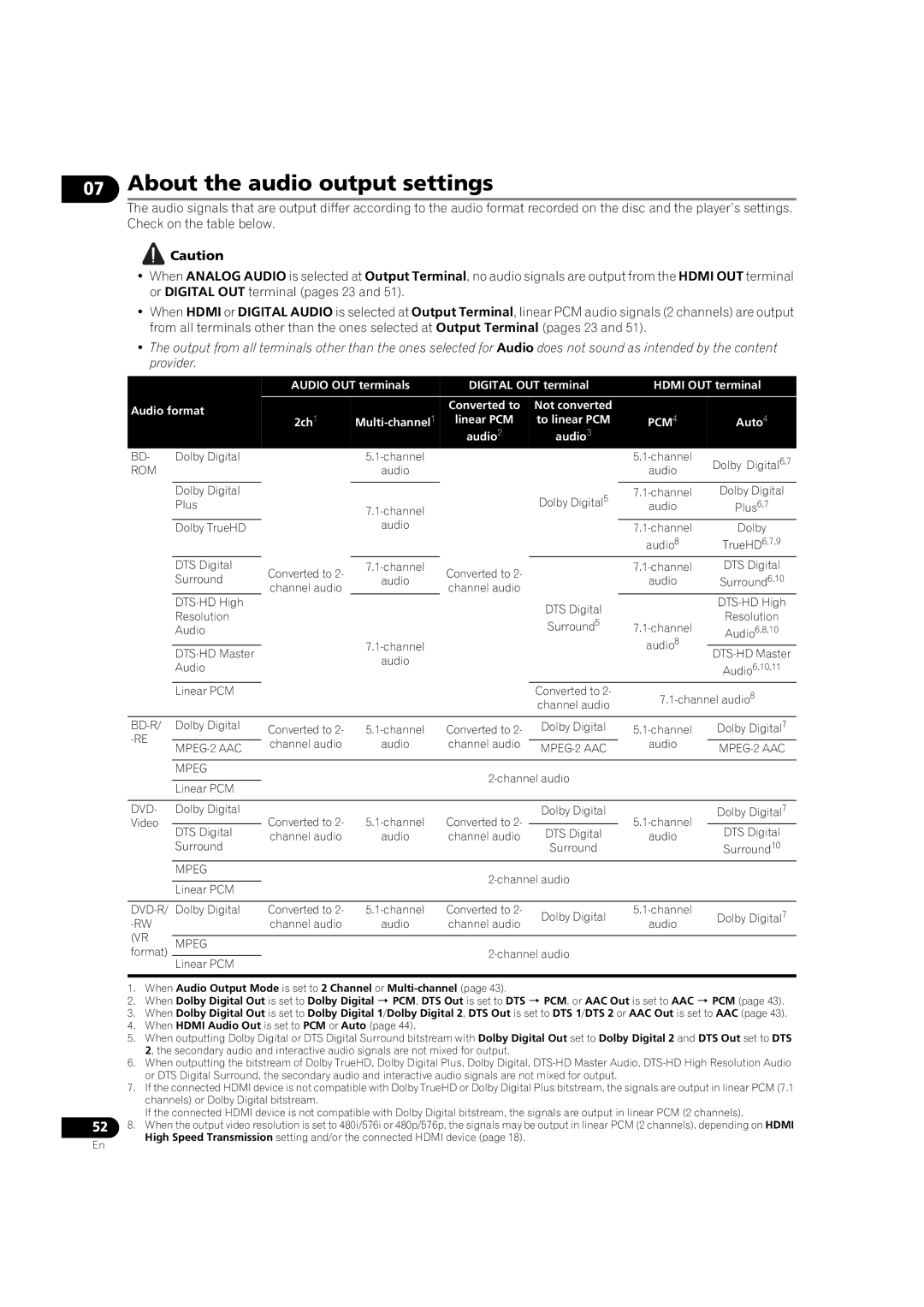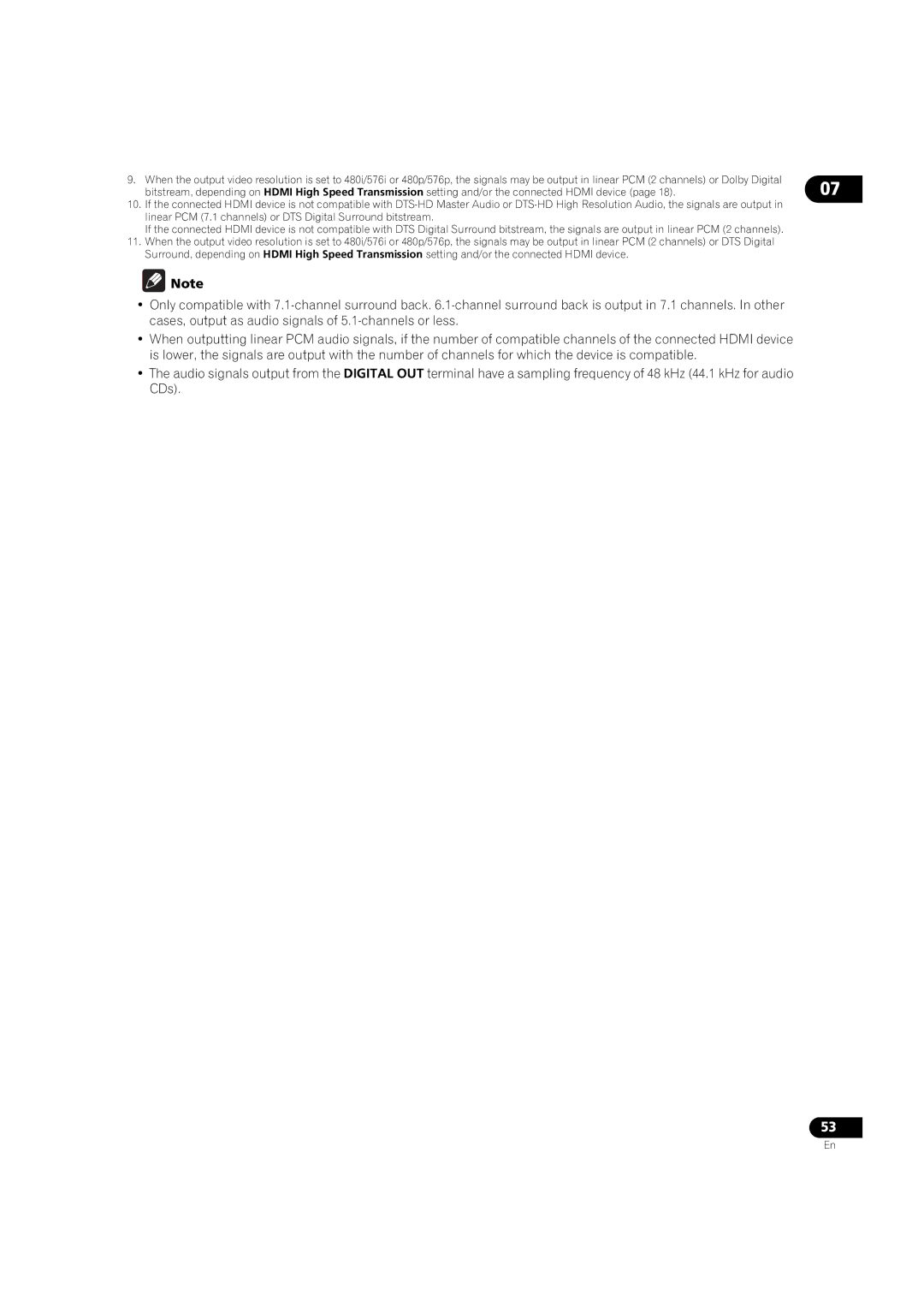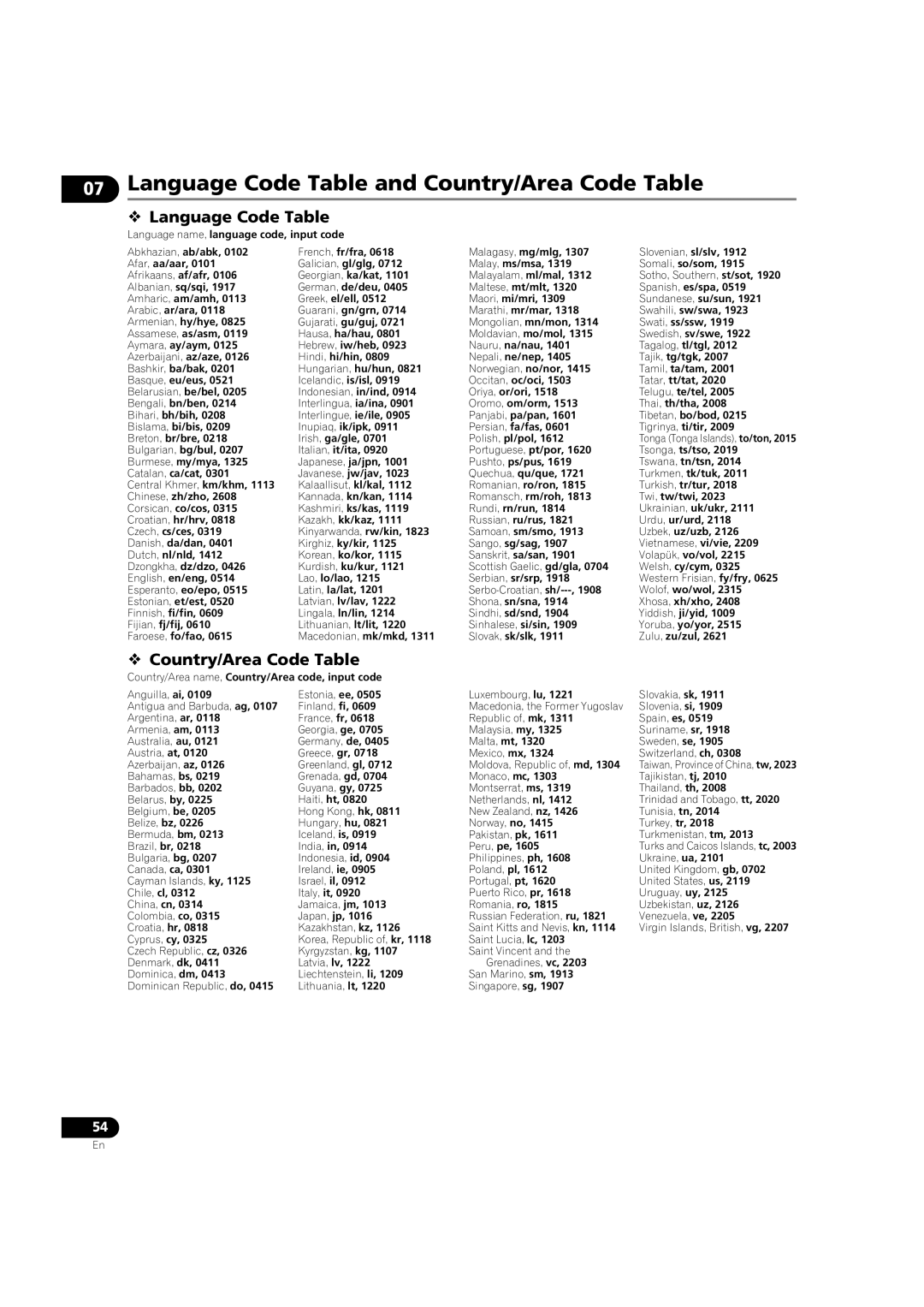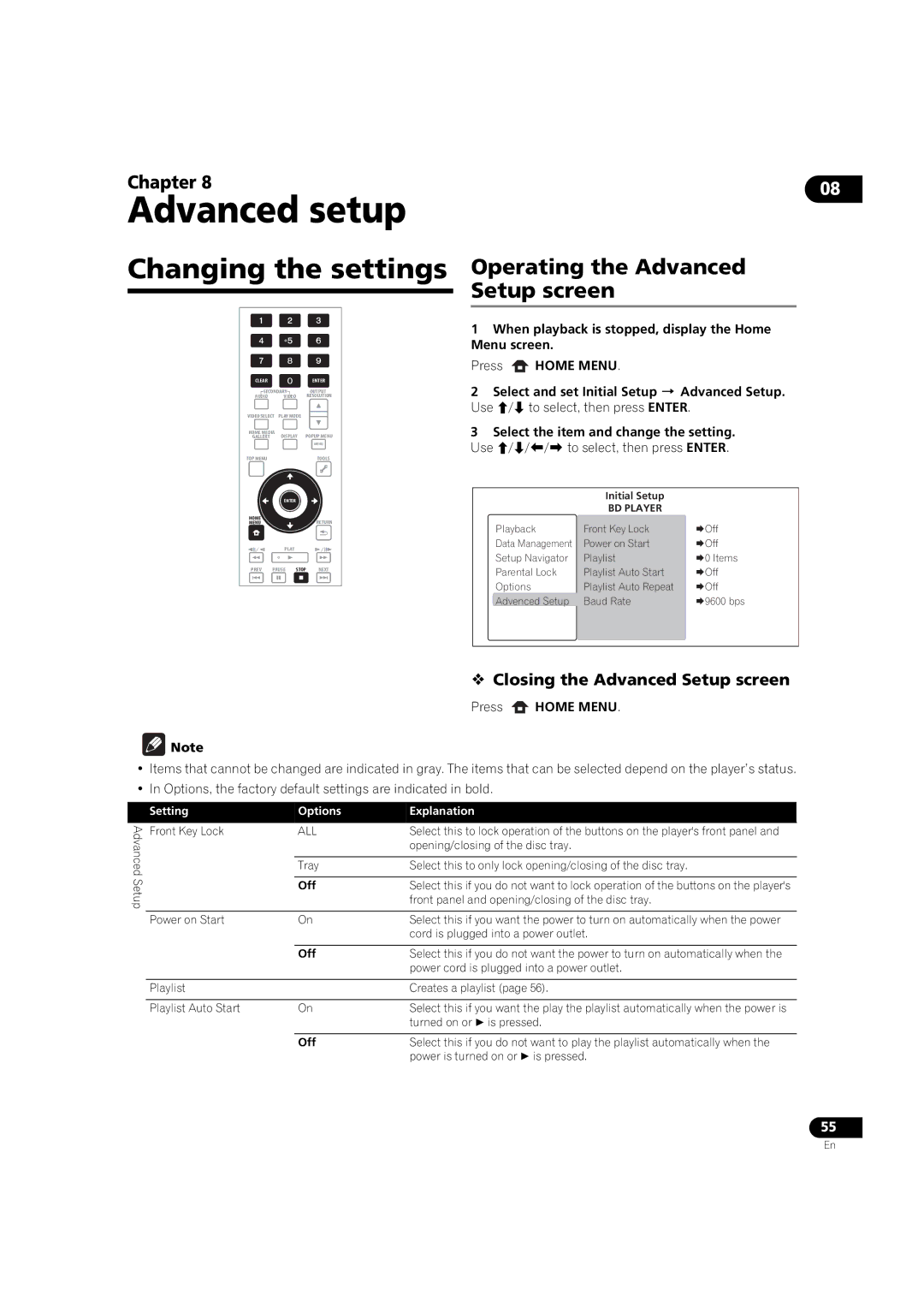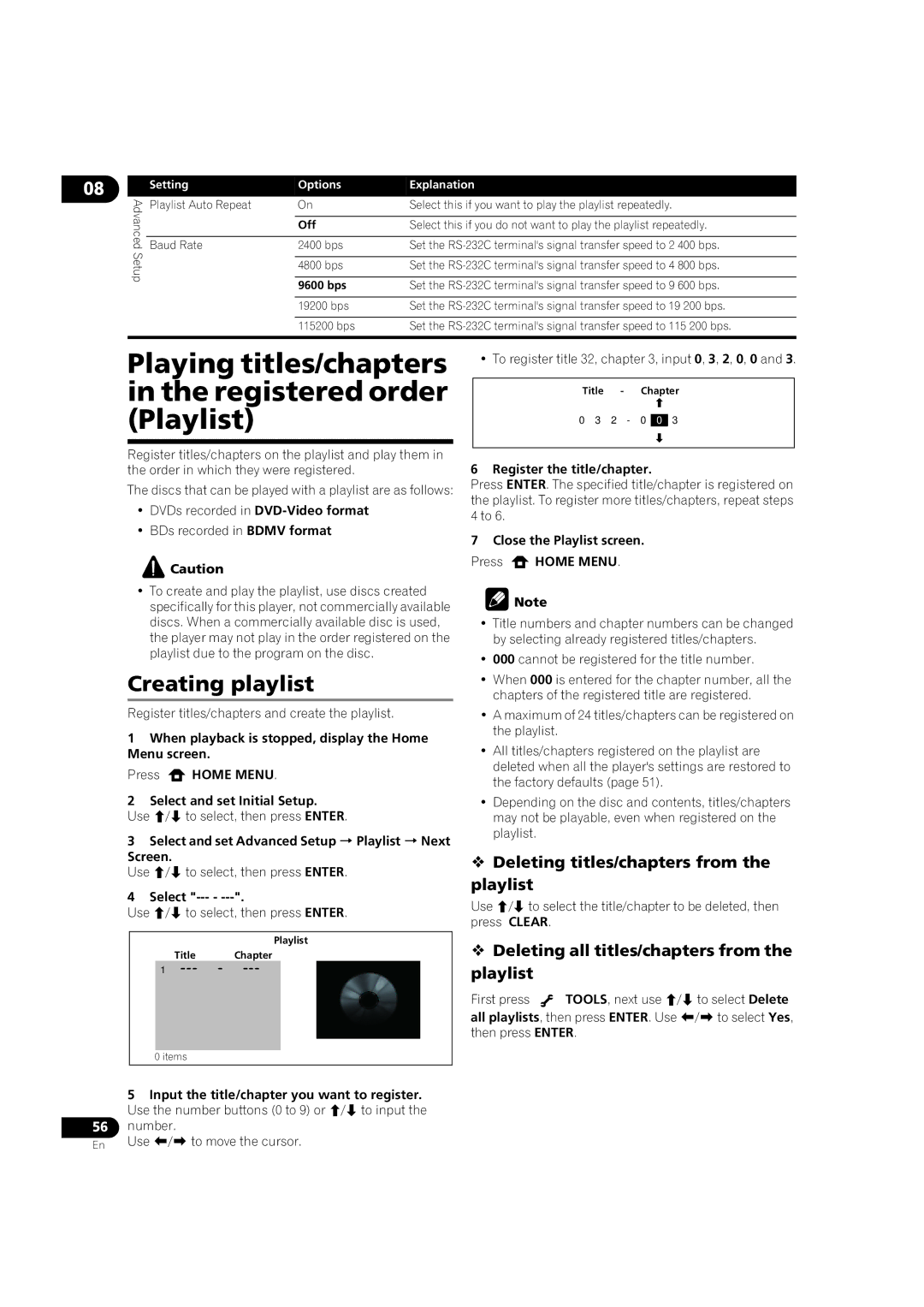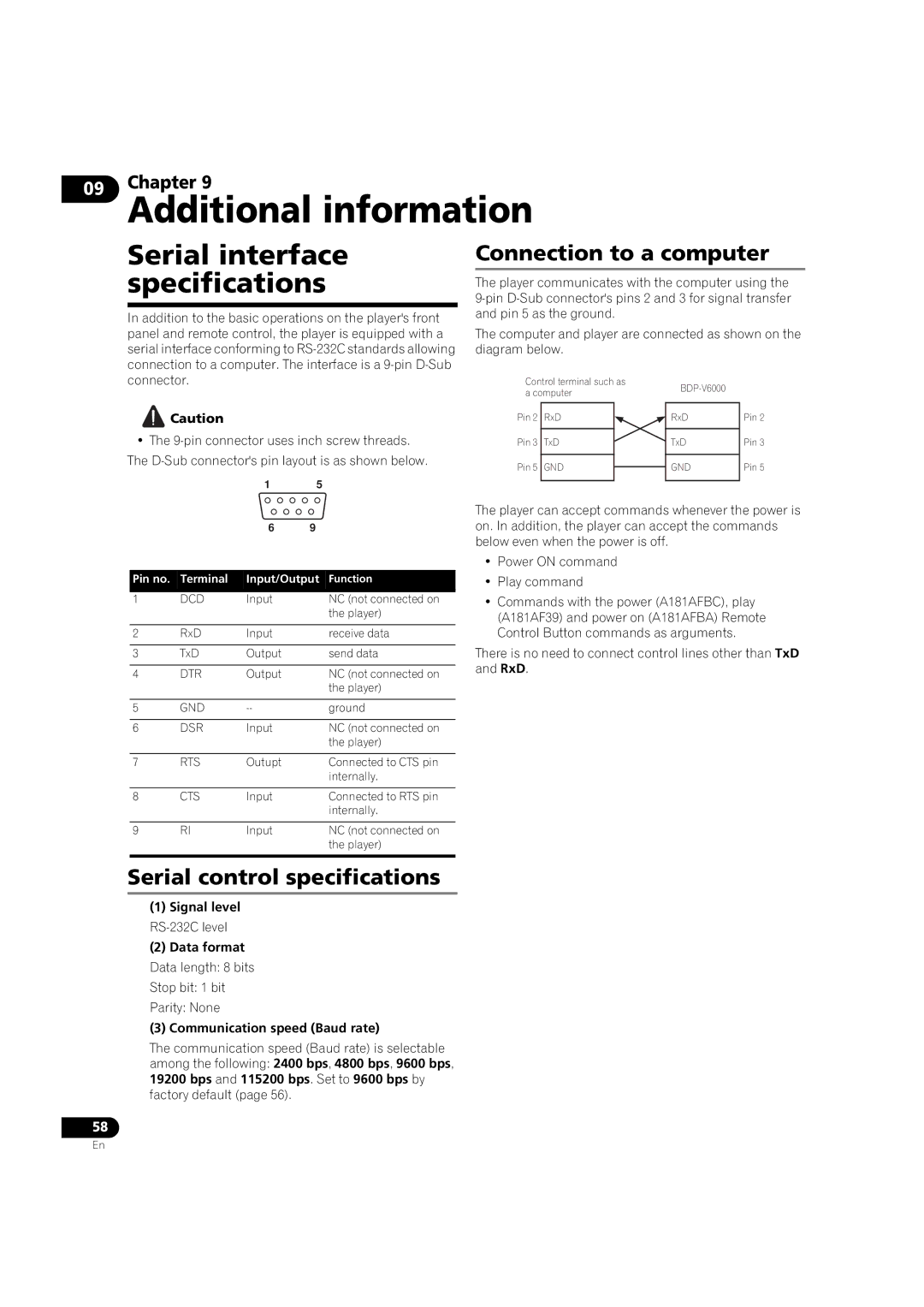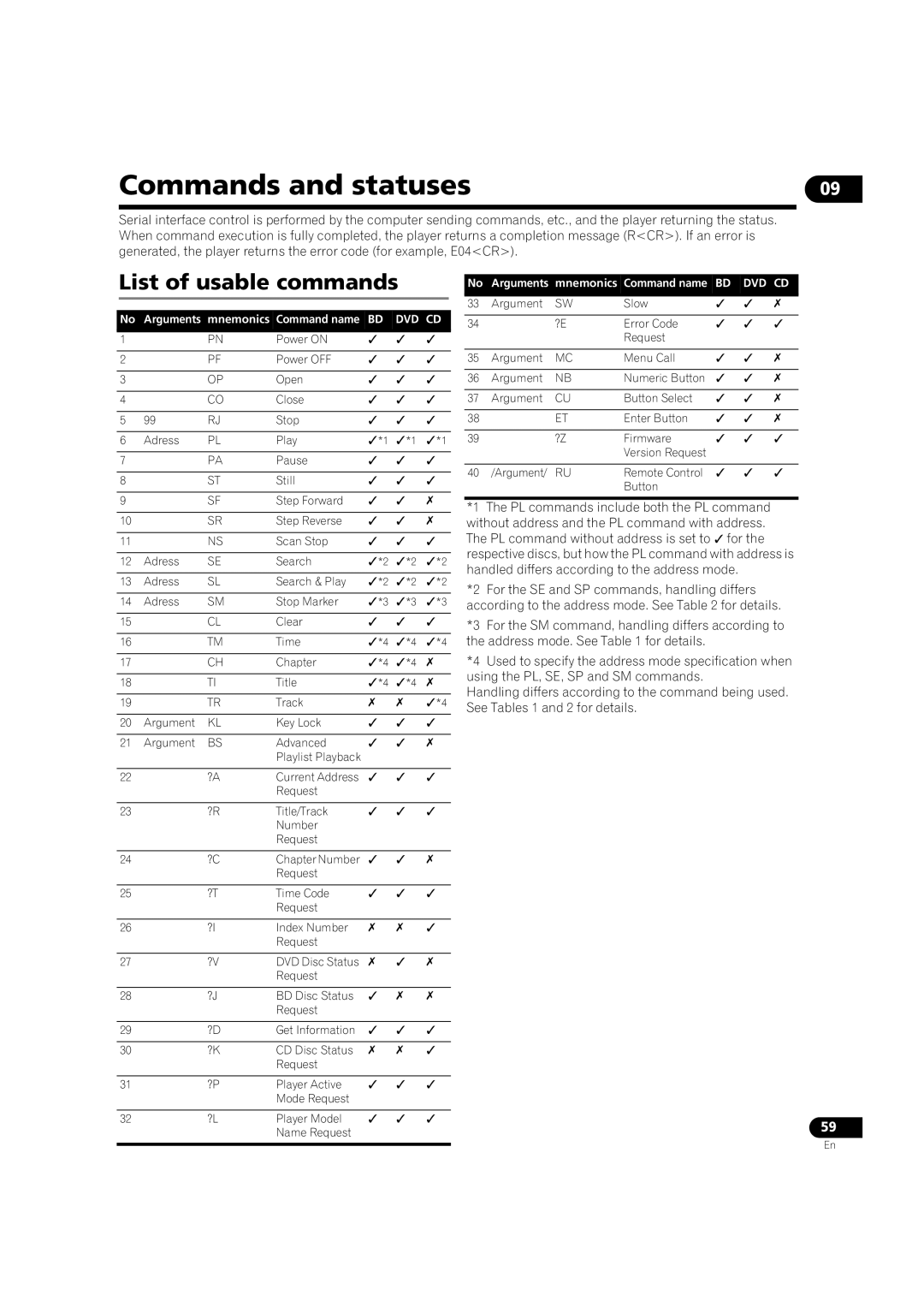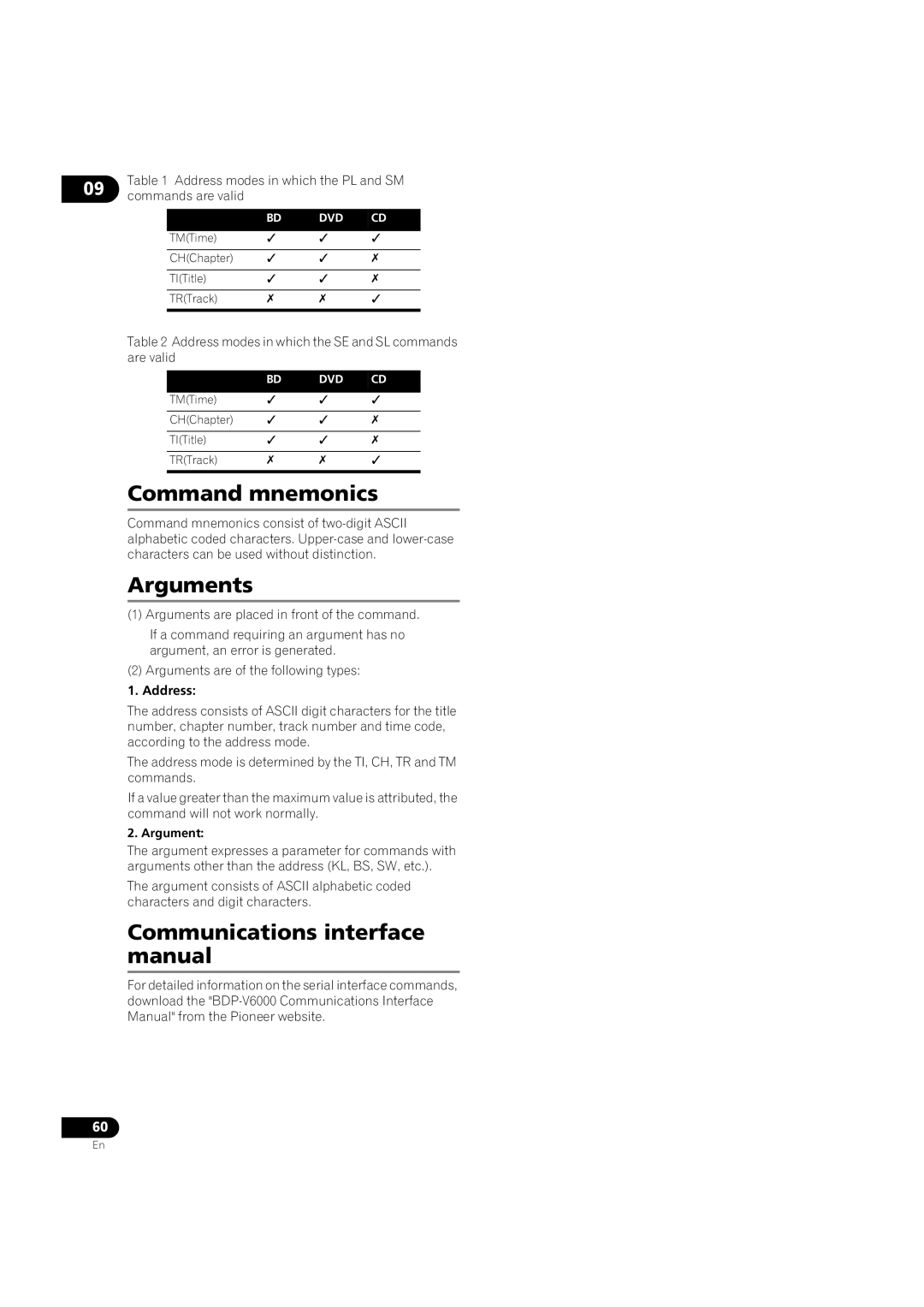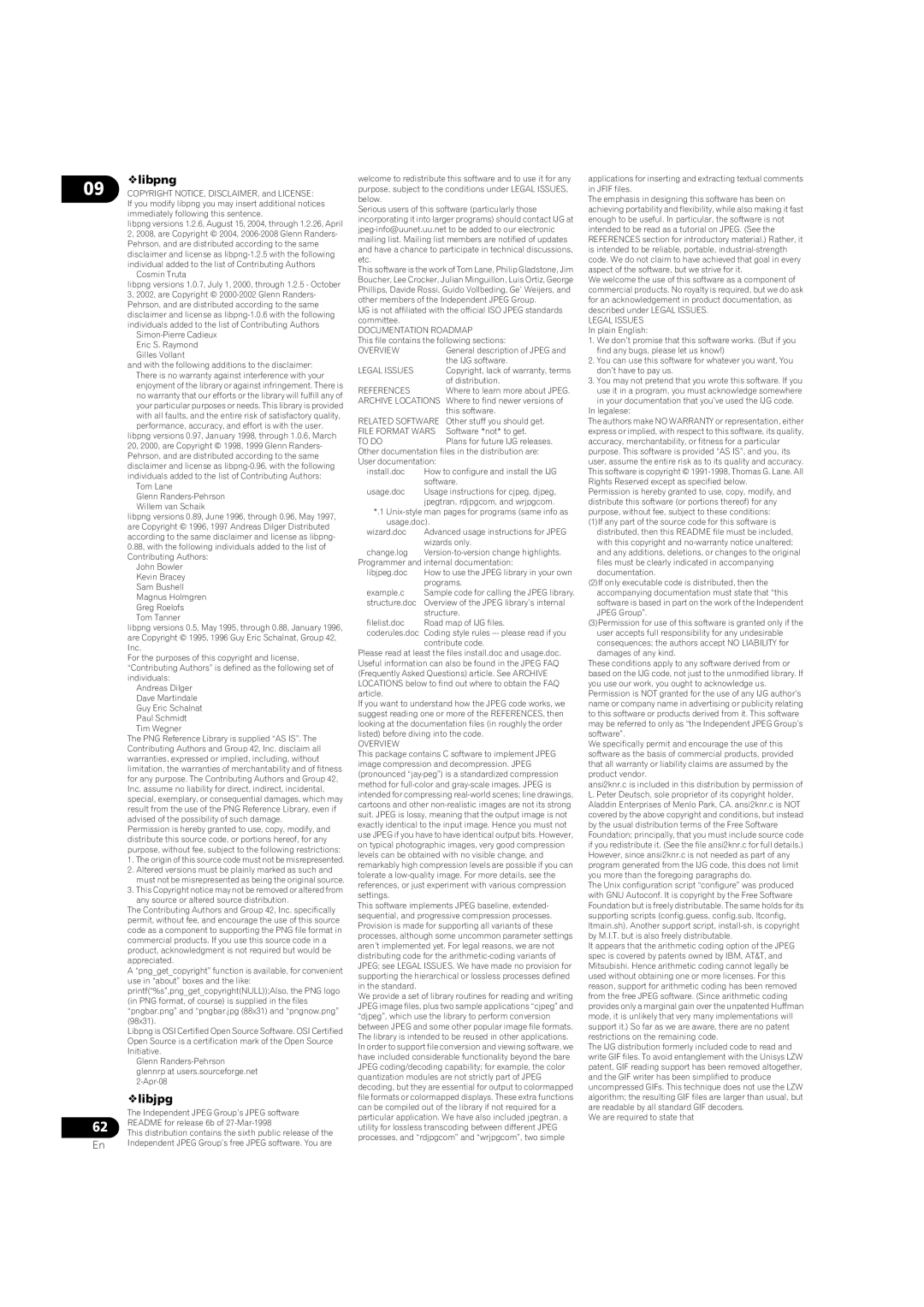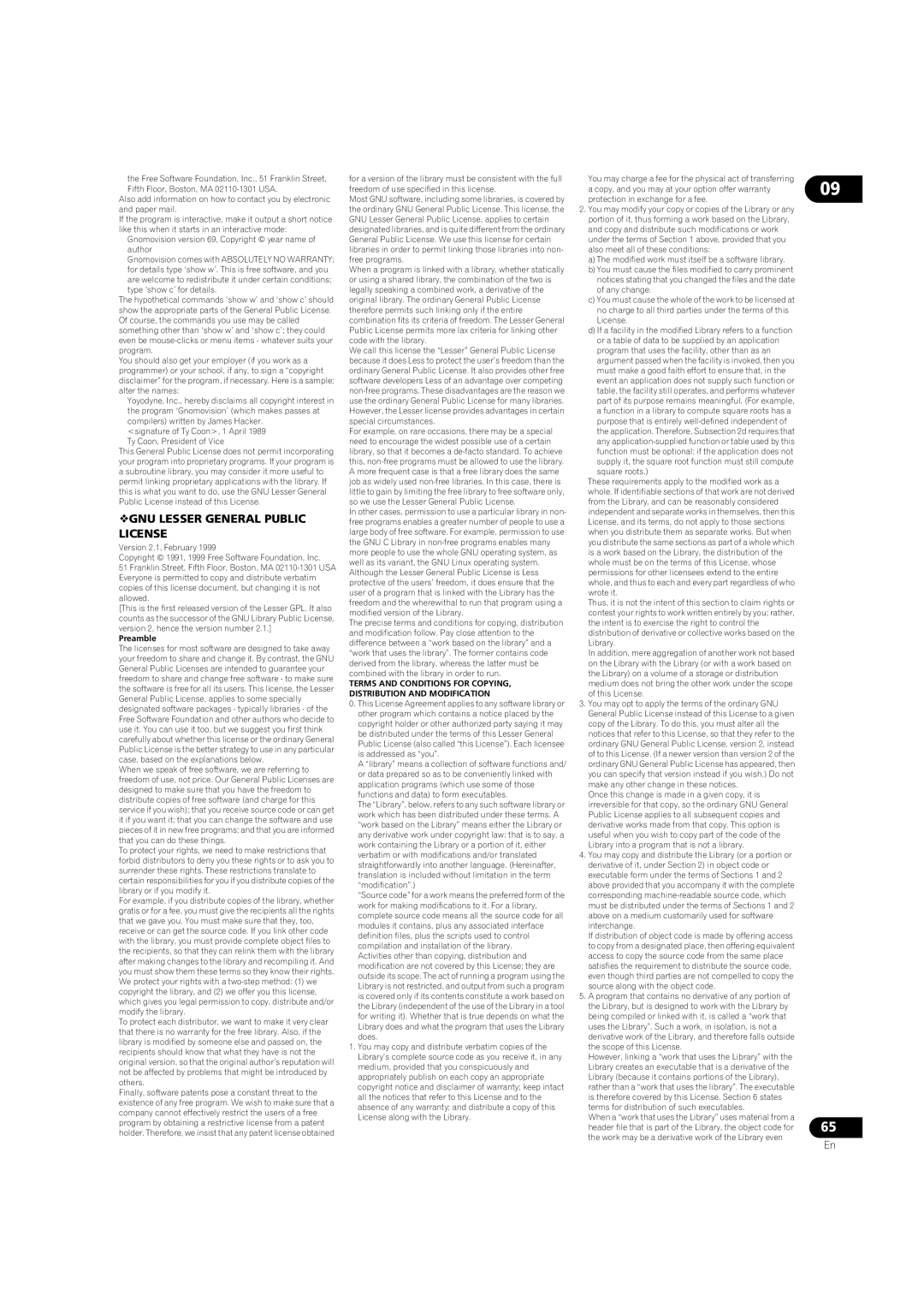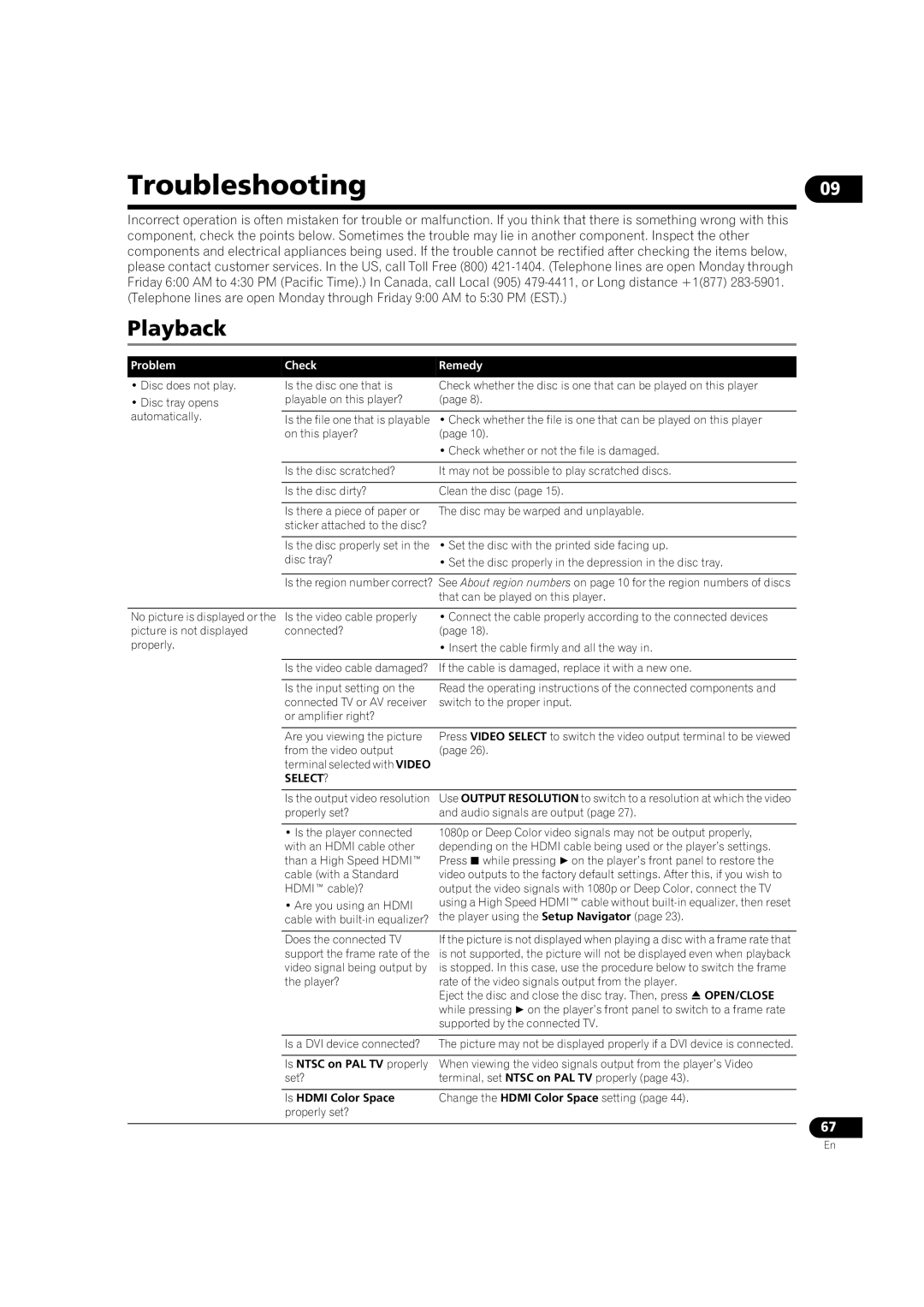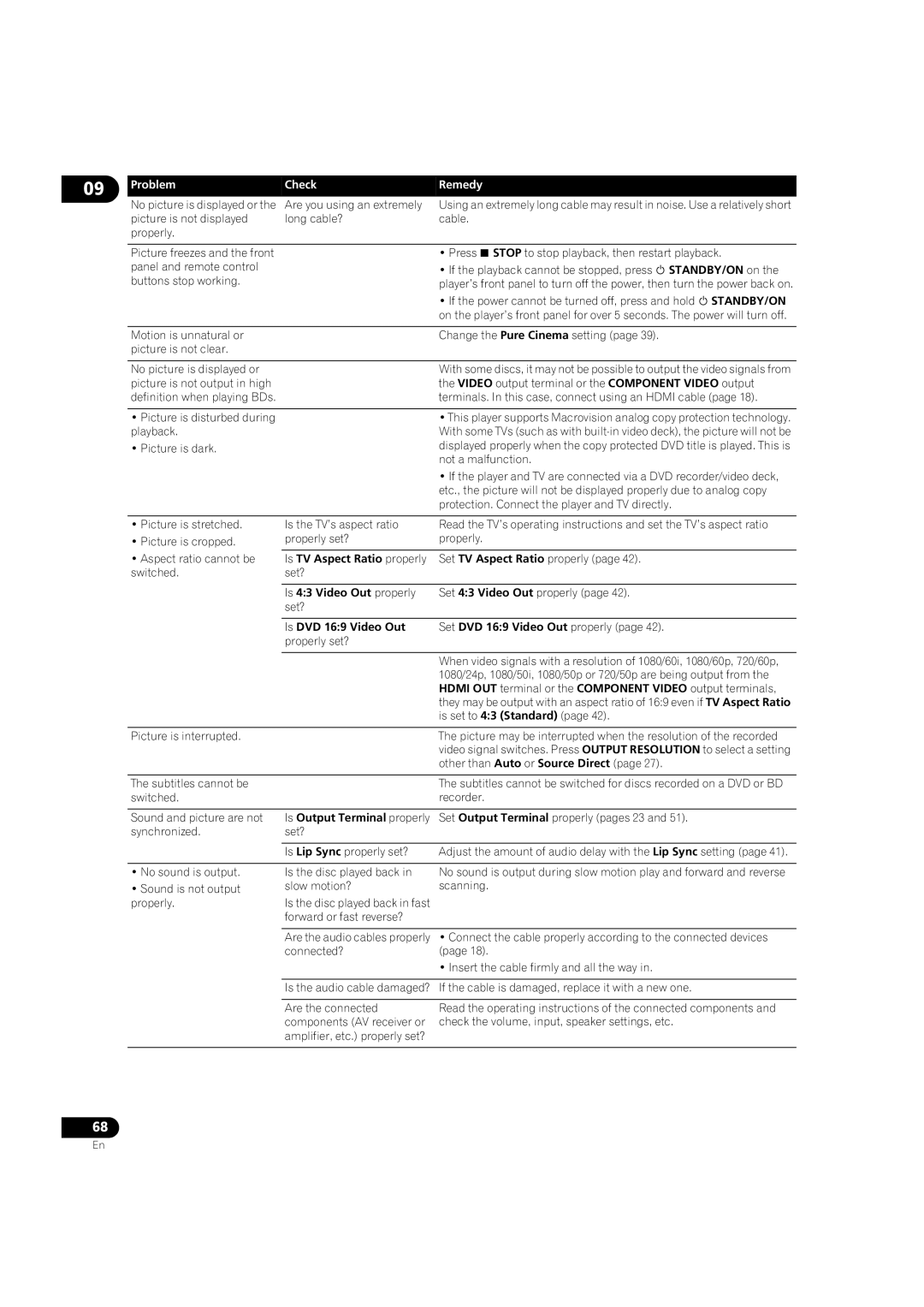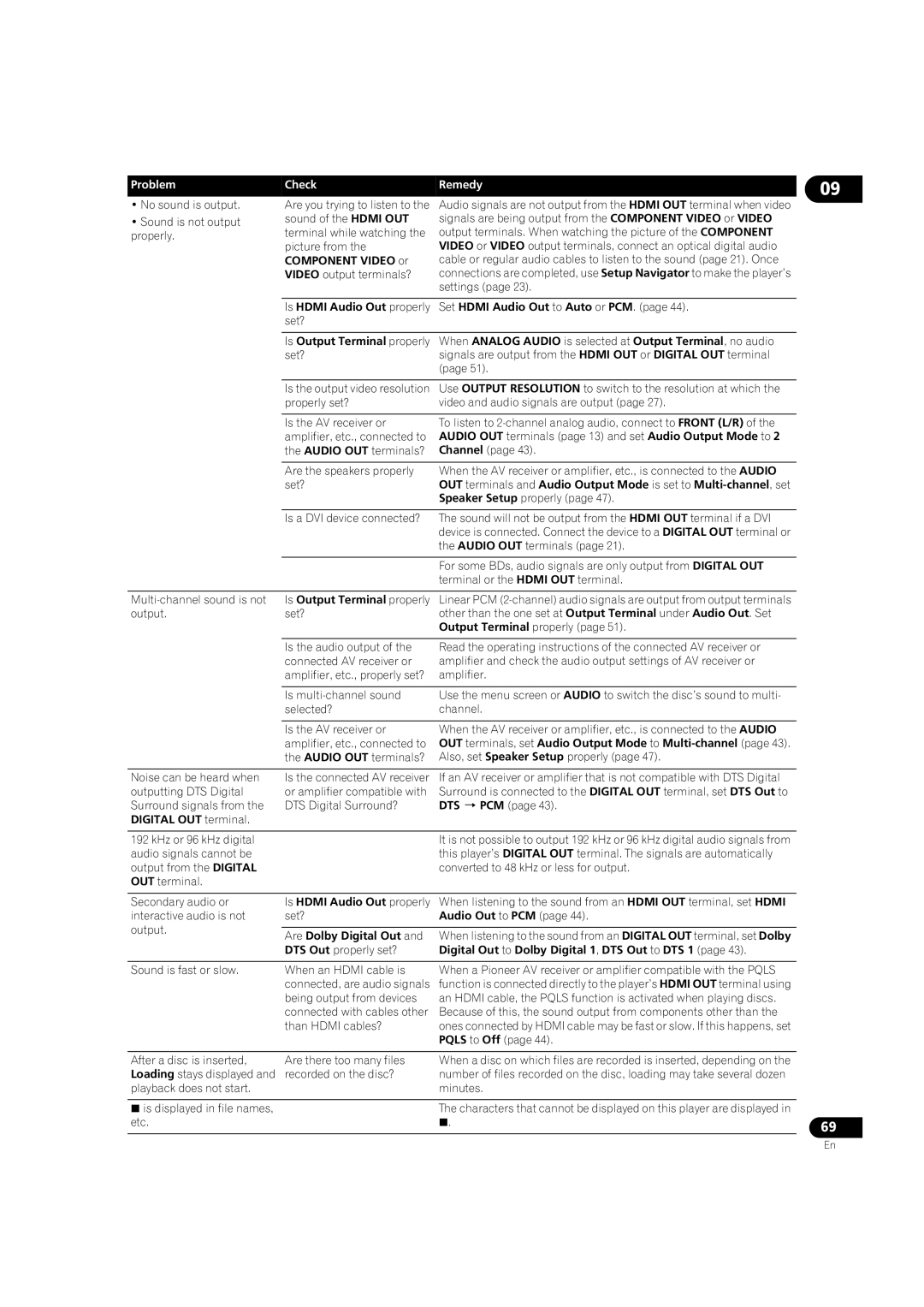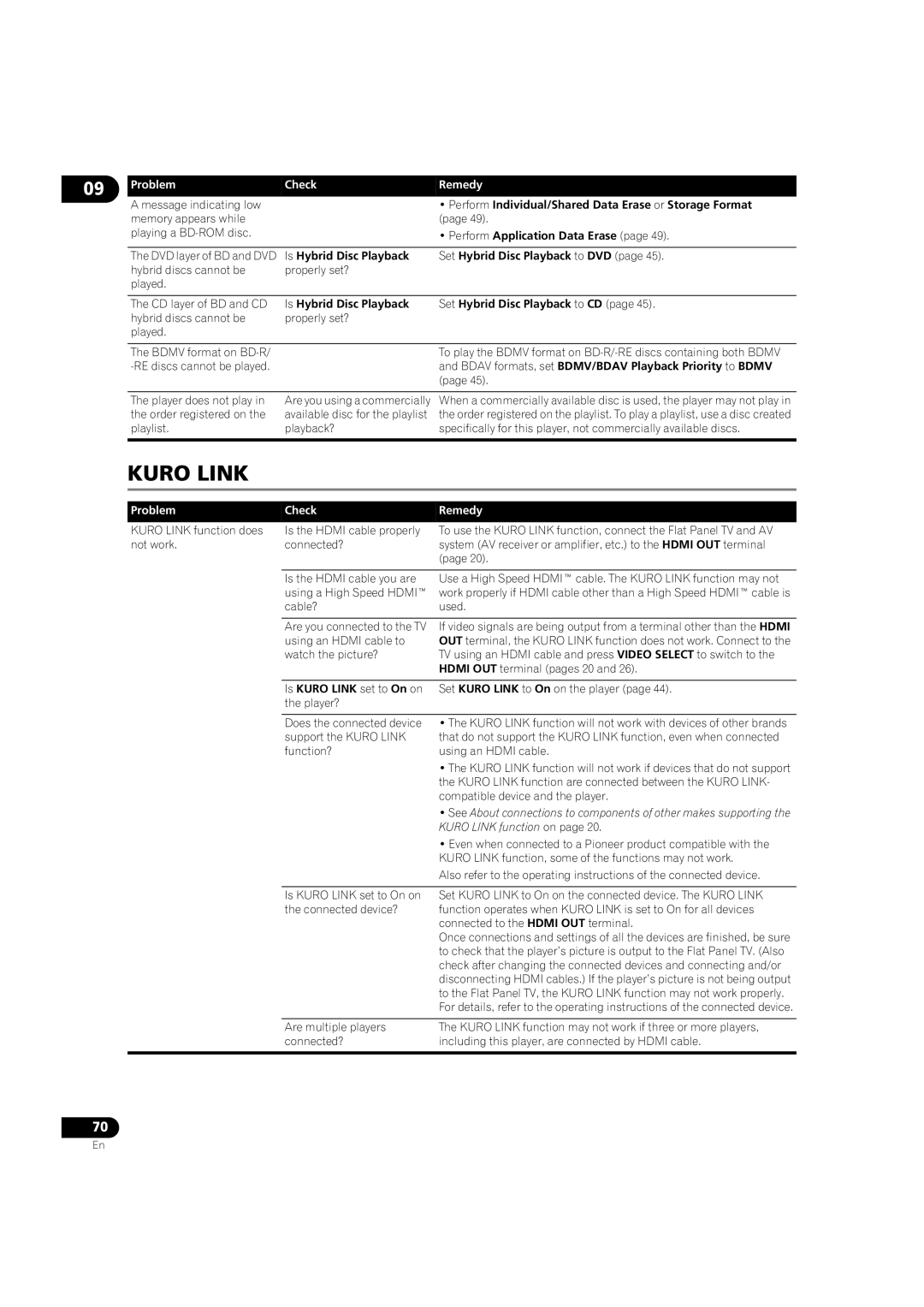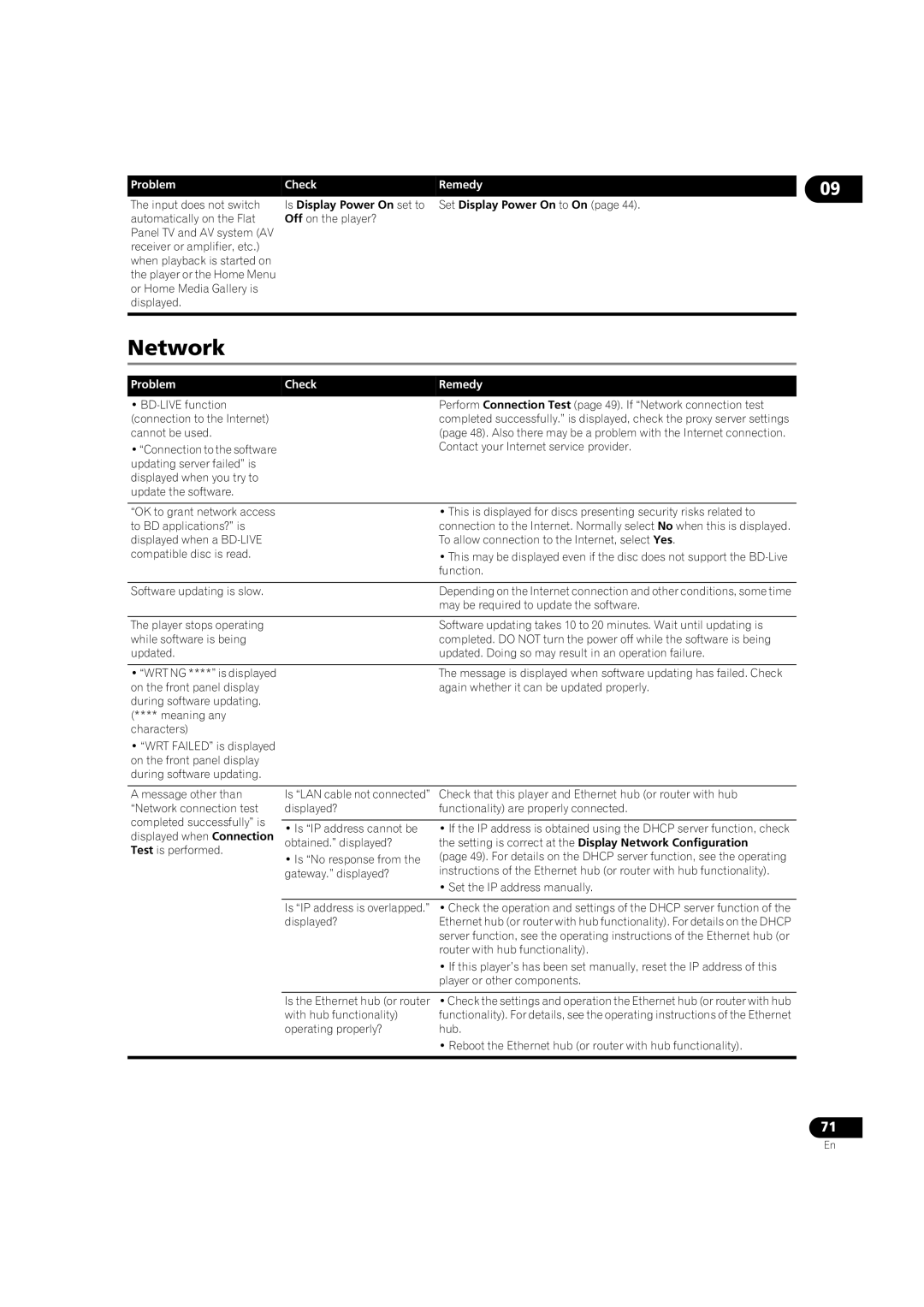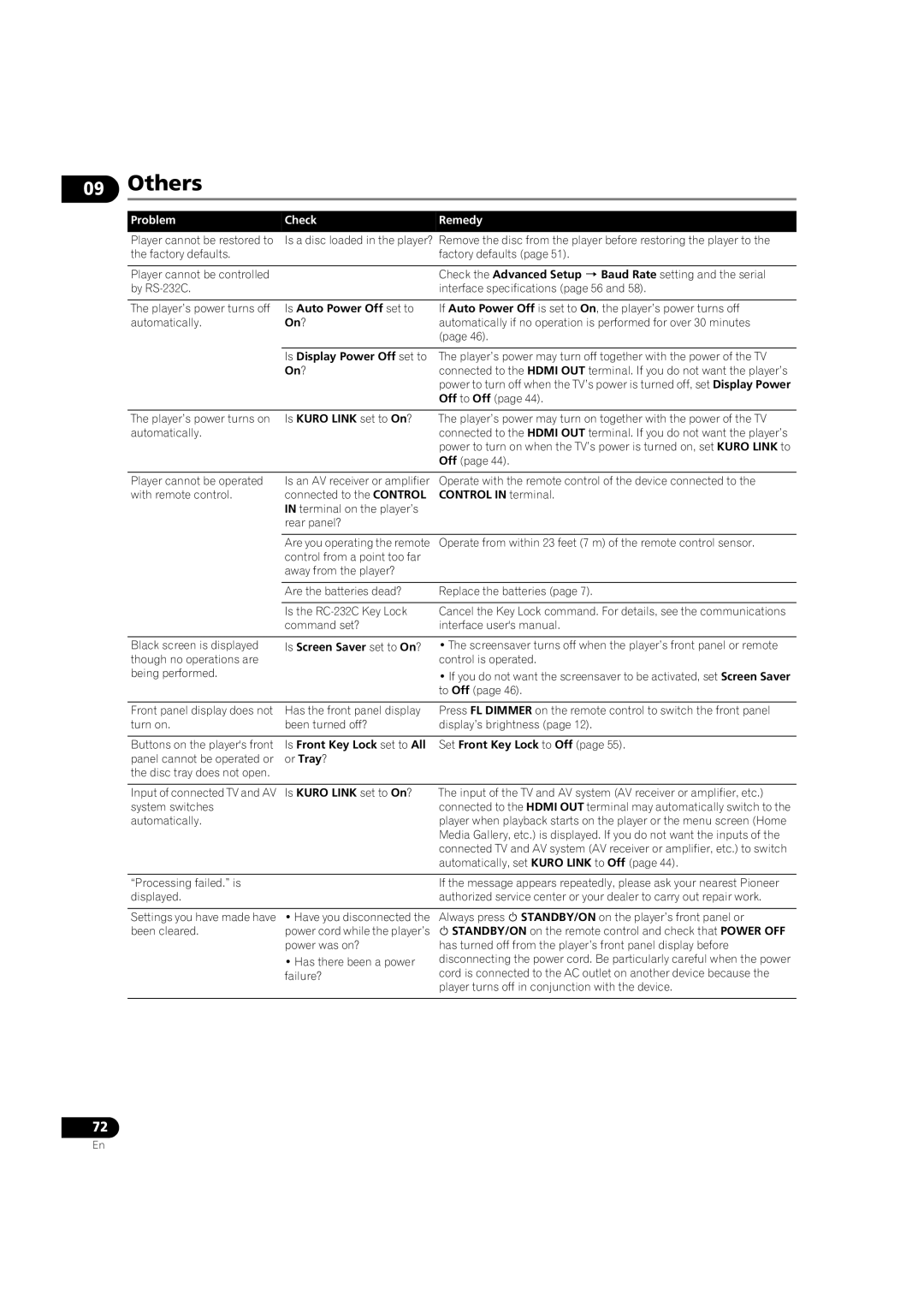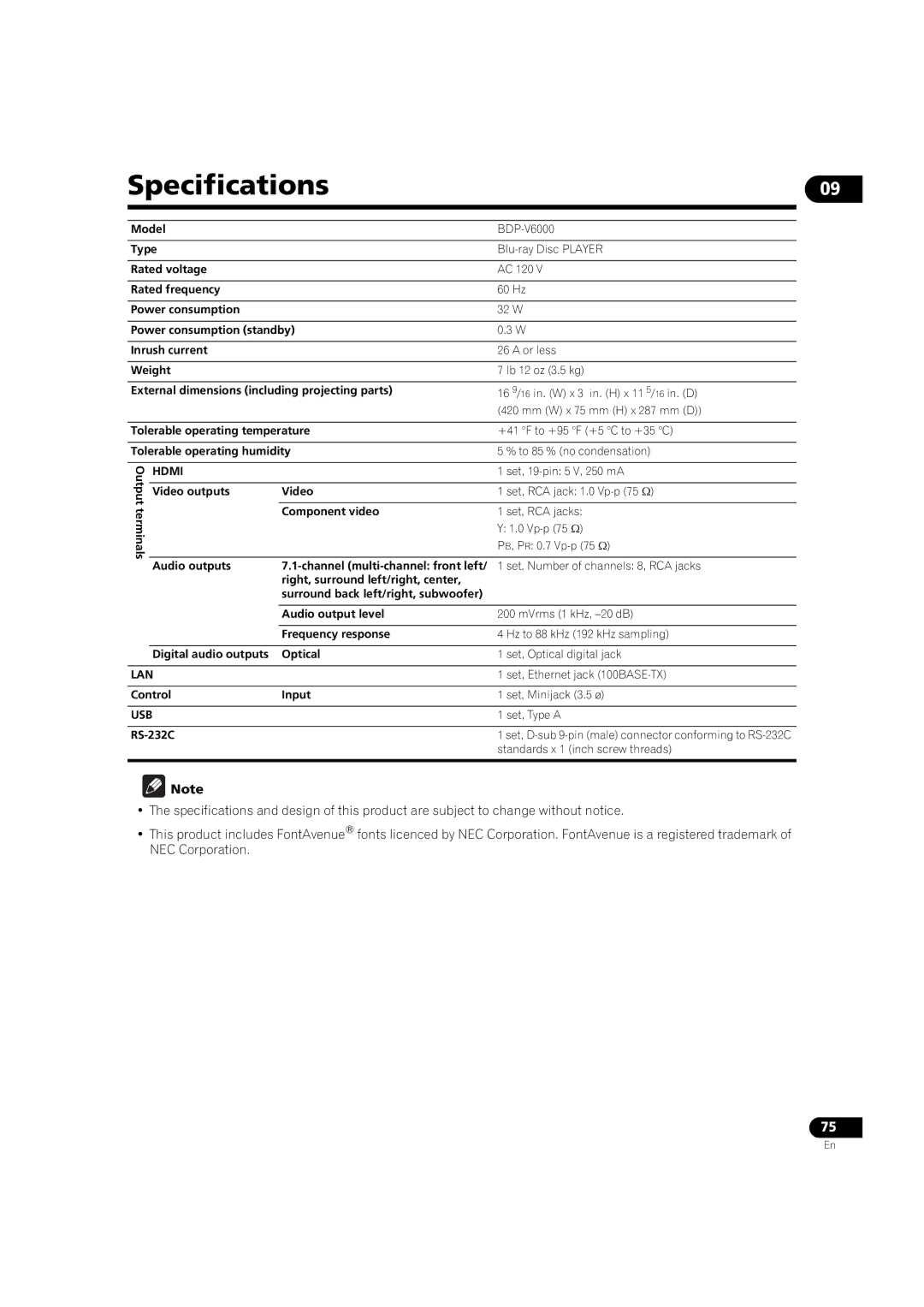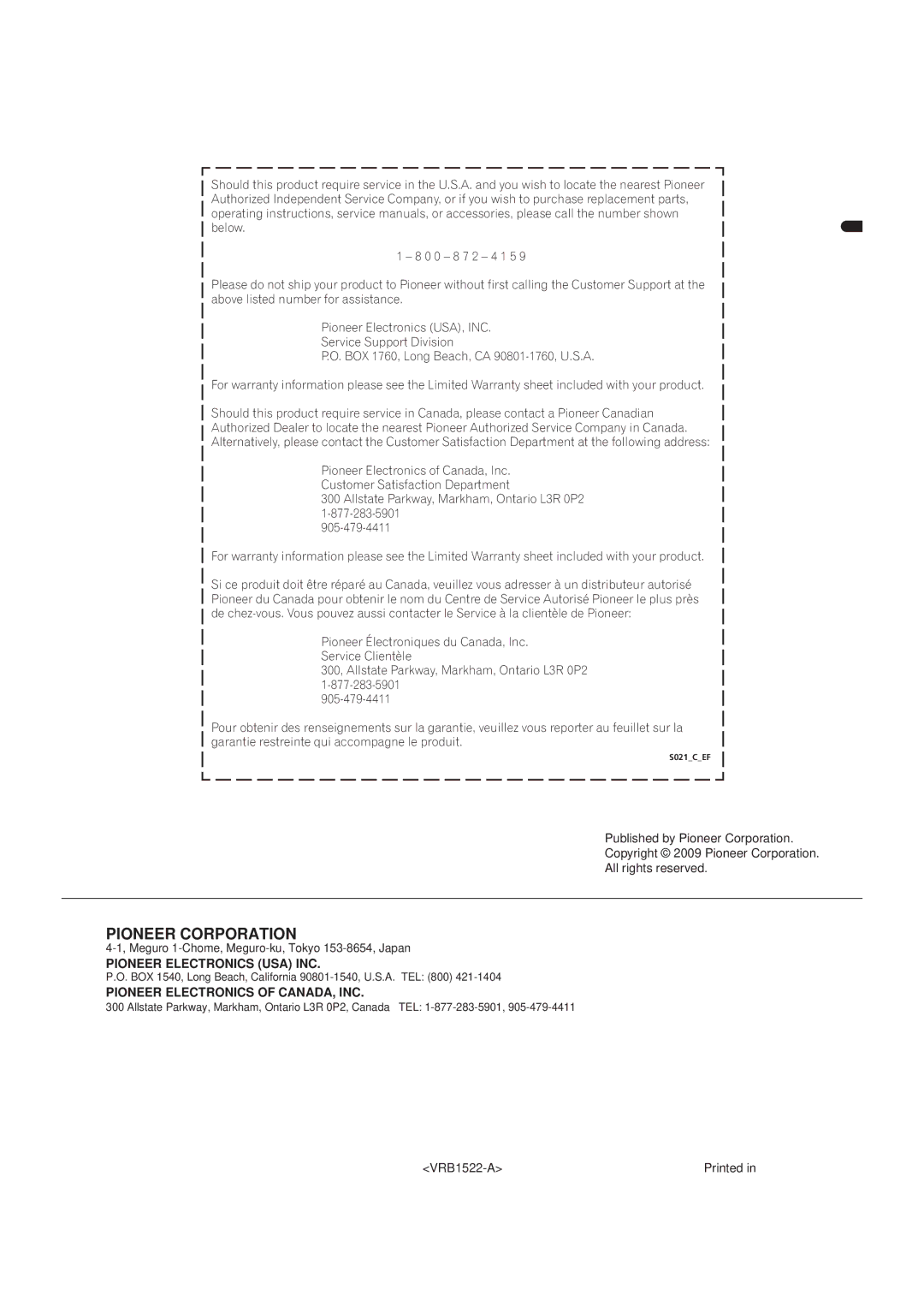
09 | Table 1 Address modes in which the PL and SM | ||||
commands are valid |
|
|
| ||
|
|
|
|
|
|
|
|
| BD | DVD | CD |
|
|
|
|
|
|
|
| TM(Time) | | | |
|
|
|
|
|
|
|
| CH(Chapter) | | | |
|
|
|
|
|
|
|
| TI(Title) | | | |
|
|
|
|
|
|
|
| TR(Track) | | | |
|
|
|
|
|
|
Table 2 Address modes in which the SE and SL commands are valid
| BD | DVD | CD |
|
|
|
|
TM(Time) | | | |
|
|
|
|
CH(Chapter) | | | |
|
|
|
|
TI(Title) | | | |
|
|
|
|
TR(Track) | | | |
|
|
|
|
Command mnemonics
Command mnemonics consist of
alphabetic coded characters.
Arguments
(1) Arguments are placed in front of the command.
If a command requiring an argument has no argument, an error is generated.
(2) Arguments are of the following types:
1. Address:
The address consists of ASCII digit characters for the title number, chapter number, track number and time code, according to the address mode.
The address mode is determined by the TI, CH, TR and TM commands.
If a value greater than the maximum value is attributed, the command will not work normally.
2. Argument:
The argument expresses a parameter for commands with arguments other than the address (KL, BS, SW, etc.).
The argument consists of ASCII alphabetic coded characters and digit characters.
Communications interface manual
For detailed information on the serial interface commands, download the
60
En


